Superfluid In Astrophysics
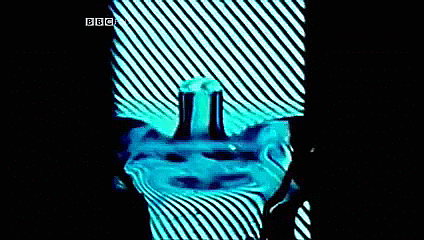
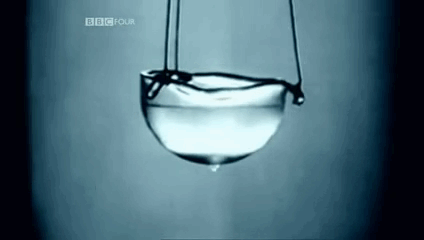
Superfluidity consists of an anomalous liquid state of quantum nature which is under a very low temperature behaving as if it had no viscosity and exhibiting an abnormally high heat transfer. This phenomenon was observed for the first time in liquid helium and has applications not only in theories about liquid helium but also in astrophysics and theories of quantum gravitation.
Helium only ends boiling at 2.2 K and is when it becomes helium-II (superfluid helium), getting a thermal conductivity increased by a million times, in addition to becoming a superconductor. Its viscosity tends to zero, hence, if the liquid were placed in a cubic container it would spread all over the surface. Thus, the liquid can flow upwards, up the walls of the container. If the viscosity is zero, the flexibility of the material is non-existent and the propagation of waves on the material occurs under infinite velocity.

Because it is a noble gas, helium exhibits little intermolecular interaction. The interactions that it presents are the interactions of Van der Waals. As the relative intensity of these forces is small, and the mass of the two isotopes of helium is small, the quantum effects, usually disguised under the thermal agitation, begin to appear, leaving the liquid in a state in which the particles behave jointly, under effect of a single wave function. In the two liquids in which cases of superfluidity are known, that is, in isotopes 3 and 4 of helium, the first is composed of fermions whereas the second is composed of bosons. In both cases, the explanation requires the existence of bosons. In the case of helium-3, the fermions group in pairs, similar to what happens in the superconductivity with the Cooper pairs, to form bosons.

Helium’s liquidity at low temperatures allows it to carry out a transformation called Bose–Einstein condensation, in which individual particles overlap until they behave like one big particle.
Superfluid in astrophysics
The idea of superfluids existed within neutron stars was proposed by Russian physicist Arkady Migdal in 1959. Making an analogy with Cooper pairs that form within superconductors, it is expected that protons and neutrons in the nucleus of a star of neutrons with sufficient high pressure and low temperature behave in a similar way forming pairs of Cooper and generate the phenomena of superfluidity and superconductivity.

The existence of this phenomenon was proven by NASA in 2011 when analyzing the neutron star left by supernova Cassiopeia A.
sources: 1, 2, 3 & 4 animation: 1 & 2
More Posts from Riekod and Others
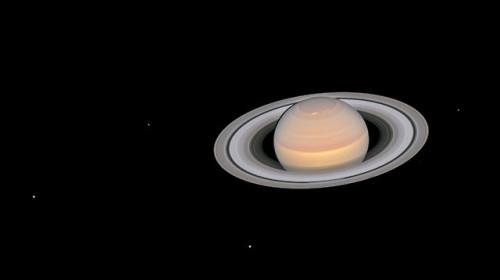
Saturn and its moons at opposition (The visible moons are (from left to right) Dione, Enceladus, Tethys, Janus, Epimetheus and Mimas
Credit: NASA, ESA, A. Simon (GSFC) and the OPAL Team, and J. DePasquale (STScI)
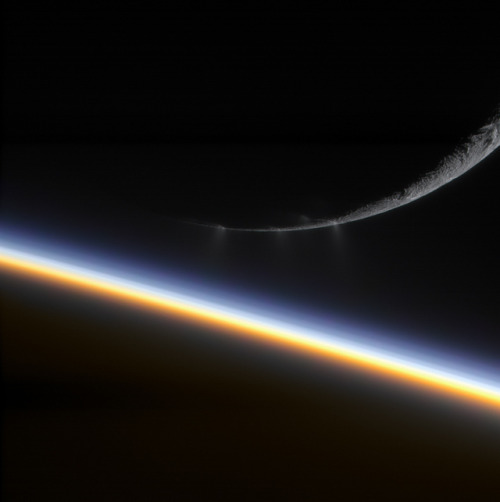
Enceladus and Saturn
Image credit: Gordan Ugarkovic

Take a mixture of a viscous liquid – like clay mud – and squeeze it between two glass plates and you’ll create a mostly-round layer of liquid. As you pry the two glass plates apart, air will push its way into that layer, forcing through the mud in a dendritic pattern. This is called the Saffman-Taylor instability or viscous fingering. It occurs because the interface between the air and mud is unstable. (Image and video credit: amàco et al.)
Dust, stars, and cosmic rays swirling around Comet 67P/Churyumov–Gerasimenko, captured by the Rosetta probe. (Source)

Pale Blue Dot
Look again at that dot. That’s here. That’s home. That’s us. On it everyone you love, everyone you know, everyone you ever heard of, every human being who ever was, lived out their lives. The aggregate of our joy and suffering, thousands of confident religions, ideologies, and economic doctrines, every hunter and forager, every hero and coward, every creator and destroyer of civilization, every king and peasant, every young couple in love, every mother and father, hopeful child, inventor and explorer, every teacher of morals, every corrupt politician, every “superstar,” every “supreme leader,” every saint and sinner in the history of our species lived there–on a mote of dust suspended in a sunbeam.
The Earth is a very small stage in a vast cosmic arena. Think of the rivers of blood spilled by all those generals and emperors so that, in glory and triumph, they could become the momentary masters of a fraction of a dot. Think of the endless cruelties visited by the inhabitants of one corner of this pixel on the scarcely distinguishable inhabitants of some other corner, how frequent their misunderstandings, how eager they are to kill one another, how fervent their hatreds.
Our posturings, our imagined self-importance, the delusion that we have some privileged position in the Universe, are challenged by this point of pale light. Our planet is a lonely speck in the great enveloping cosmic dark. In our obscurity, in all this vastness, there is no hint that help will come from elsewhere to save us from ourselves.
The Earth is the only world known so far to harbor life. There is nowhere else, at least in the near future, to which our species could migrate. Visit, yes. Settle, not yet. Like it or not, for the moment the Earth is where we make our stand.
It has been said that astronomy is a humbling and character-building experience. There is perhaps no better demonstration of the folly of human conceits than this distant image of our tiny world. To me, it underscores our responsibility to deal more kindly with one another, and to preserve and cherish the pale blue dot, the only home we’ve ever known.
– Carl Sagan

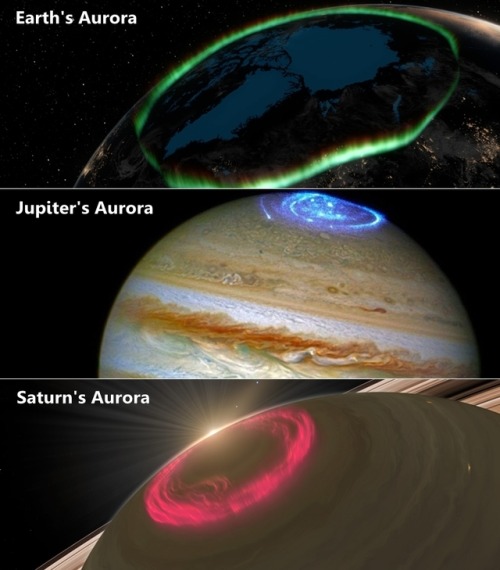
Artistic conception of the auroras os Saturn and Earth (jupiter’s image is real - ultraviolet) Instagram: wonders_of_the_cosmos

The First Real Photo Of Entire Earth From Apollo 8 In 1968.
Solar System: 10 Things to Know
Movie Night
Summer break is just around the corner. Hang a sheet from the clothesline in the backyard and fire up the projector for a NASA movie night.
1. Mars in a Minute

Back in the day, movies started with a cartoon. Learn the secrets of the Red Planet in these animated 60 second chunks.
2. Crash of the Titans

Watch two galaxies collide billions of years from now in this high-definition visualization.
3. Tour the Moon in 4K

Wait for the dark of the waning Moon next weekend to take in this 4K tour of our constant celestial companion.
4. Seven Years of the Sun

Watch graceful dances in the Sun’s atmosphere in this series of videos created by our 24/7 Sun-sentinel, the Solar Dynamic Observatory (SDO).
5. Light ‘Em Up

Crank up the volume and learn about NASA science for this short video about some of our science missions, featuring a track by Fall Out Boy.
6. Bennu’s Journey

Follow an asteroid from its humble origins to its upcoming encounter with our spacecraft in this stunning visualization.
7. Lunar Landing Practice
Join Apollo mission pilots as they fly—and even crash—during daring practice runs for landing on the Moon.
8. Earthrise

Join the crew of Apollo 8 as they become the first human beings to see the Earth rise over the surface of the Moon.
9. Musical Descent to Titan

Watch a musical, whimsical recreation of the 2005 Huygens probe descent to Titan, Saturn’s giant moon.
10. More Movies

Our Goddard Scientific Visualization Studio provides a steady stream of fresh videos for your summer viewing pleasure. Come back often and enjoy.
Read the full version of this article on the web HERE.
Make sure to follow us on Tumblr for your regular dose of space: http://nasa.tumblr.com.
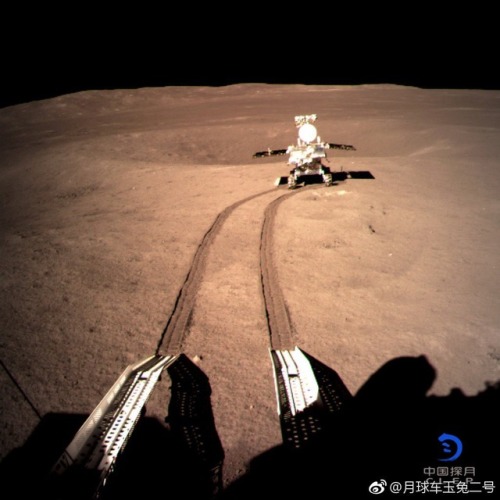
Chang'E-4: The Yutu-2 rover isn’t wasting any time, & has driven away from the lander toward (but not into) a nearby crater. Reminder that all photos from the far side of the moon are being relayed to earth by the Queqiao spacecraft, which is parked in a halo orbit around the Earth-Moon L2 point, about 61,500km behind the moon. “Halo orbit” means it’s about that far behind the moon, but always off to one side or the other from the actual L2 point so it has a line of sight to the Earth. Wouldn’t be much of a relay otherwise.
-
 nothingamazing liked this · 1 year ago
nothingamazing liked this · 1 year ago -
 dotglobal reblogged this · 1 year ago
dotglobal reblogged this · 1 year ago -
 dotglobal liked this · 1 year ago
dotglobal liked this · 1 year ago -
 turningthunderintograce reblogged this · 3 years ago
turningthunderintograce reblogged this · 3 years ago -
 matchagoga reblogged this · 3 years ago
matchagoga reblogged this · 3 years ago -
 foolycruelly liked this · 3 years ago
foolycruelly liked this · 3 years ago -
 hidradigital liked this · 3 years ago
hidradigital liked this · 3 years ago -
 guwop07 reblogged this · 3 years ago
guwop07 reblogged this · 3 years ago -
 jermowanders reblogged this · 3 years ago
jermowanders reblogged this · 3 years ago -
 you-stand-corrected reblogged this · 3 years ago
you-stand-corrected reblogged this · 3 years ago -
 you-stand-corrected liked this · 3 years ago
you-stand-corrected liked this · 3 years ago -
 wisemanwhodoesntknow reblogged this · 3 years ago
wisemanwhodoesntknow reblogged this · 3 years ago -
 wisemanwhodoesntknow liked this · 3 years ago
wisemanwhodoesntknow liked this · 3 years ago -
 anerdblogs liked this · 3 years ago
anerdblogs liked this · 3 years ago -
 mg-dl liked this · 3 years ago
mg-dl liked this · 3 years ago -
 glorbo-from-your-evil-show liked this · 3 years ago
glorbo-from-your-evil-show liked this · 3 years ago -
 wombatappreciator69 liked this · 3 years ago
wombatappreciator69 liked this · 3 years ago -
 chroniclearia liked this · 3 years ago
chroniclearia liked this · 3 years ago -
 banana-savage-the-first liked this · 3 years ago
banana-savage-the-first liked this · 3 years ago -
 iwmfm liked this · 3 years ago
iwmfm liked this · 3 years ago -
 sovreion liked this · 3 years ago
sovreion liked this · 3 years ago -
 wanderer001 reblogged this · 3 years ago
wanderer001 reblogged this · 3 years ago -
 wanderer001 liked this · 3 years ago
wanderer001 liked this · 3 years ago -
 the-bullshit-is-strong-on-me liked this · 3 years ago
the-bullshit-is-strong-on-me liked this · 3 years ago -
 manebioniclegali reblogged this · 3 years ago
manebioniclegali reblogged this · 3 years ago -
 kaoticanishod liked this · 3 years ago
kaoticanishod liked this · 3 years ago -
 verytreekitty liked this · 3 years ago
verytreekitty liked this · 3 years ago -
 tclhb liked this · 3 years ago
tclhb liked this · 3 years ago -
 quamatoc liked this · 3 years ago
quamatoc liked this · 3 years ago -
 spacialk2010 liked this · 3 years ago
spacialk2010 liked this · 3 years ago -
 liongerudo reblogged this · 3 years ago
liongerudo reblogged this · 3 years ago -
 egg-xcellent liked this · 3 years ago
egg-xcellent liked this · 3 years ago -
 delicate-cloudkid liked this · 3 years ago
delicate-cloudkid liked this · 3 years ago -
 mayax81 reblogged this · 3 years ago
mayax81 reblogged this · 3 years ago -
 0palesce reblogged this · 3 years ago
0palesce reblogged this · 3 years ago